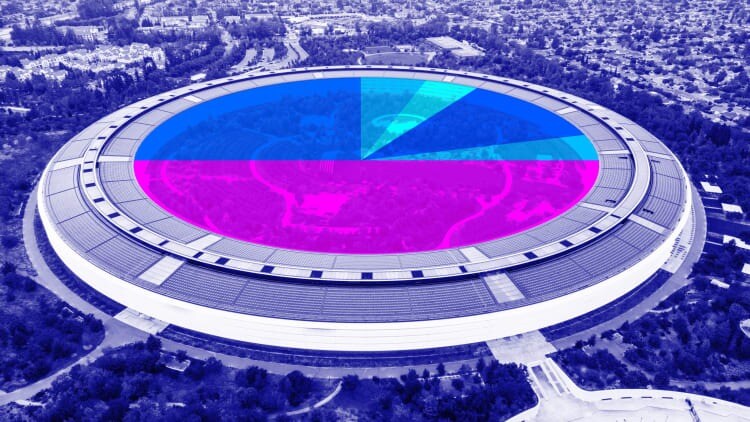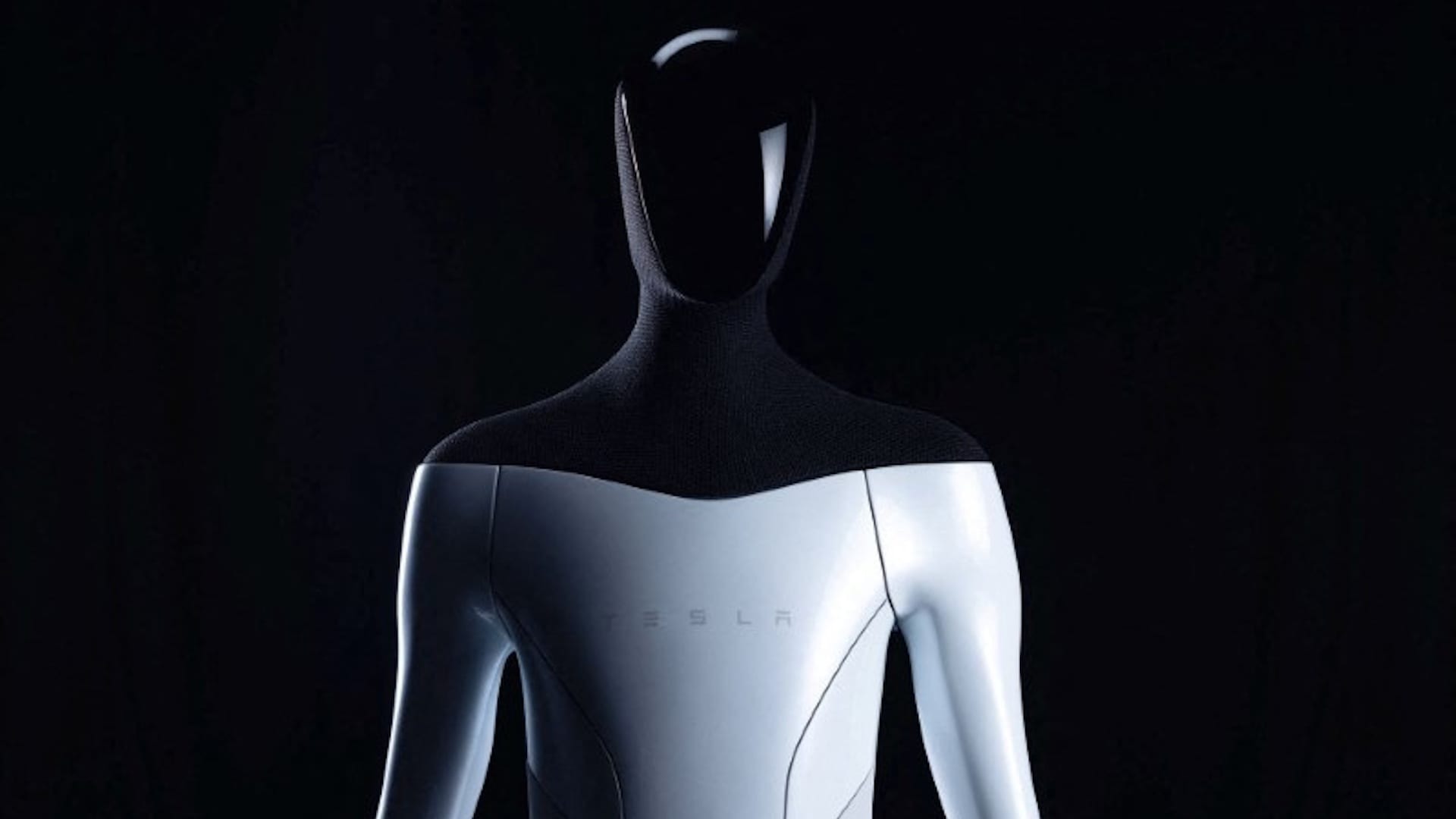- | 8:00 am
We’ve endured tech monopolies before. Apple doesn’t have one
The U.S.’s new antitrust lawsuit overstates Apple’s ability to force customers to use iPhones against their will.

Strangely enough, last week’s announcement by the U.S. Department of Justice that it was filing an antitrust lawsuit against Apple didn’t leave me obsessing over Big Tech’s iron grip on our digital lives. Instead, I was struck by how much freedom we have to pick our platforms—a gratifying change from days of yore.
The late 1990s and early 21st century were an atypically uninspiring period for personal technology. And a big reason why was that one company had monopolized most of the pillars of computing as we knew it at the time.
That would be Microsoft, whose Windows, Office, and Internet Explorer all commanded 90%-plus market share in their respective categories. Having vanquished their respective rivals, they began to calcify. But for most people, opting out of Microsoft’s ecosystem wasn’t realistic—or at least I sure remember feeling like I had no choice but to use the truly terrible Internet Explorer 6.

Today, nobody dominates the tech business like Microsoft once did. Not Apple, not Google, and certainly not Microsoft, which survived its own antitrust case and is doing just fine these days despite no longer being in a position to bully its customers or competitors. Multiple viable options flourish in every category: Even using Google web search is purely optional.
So how did Apple come to be targeted by the DOJ? The agency’s 88-page complaint says that iPhones have an overwhelming 70% market share by revenue for “performance smartphones.” That term is new to me, but it recognizably describes the fancy, pricey phones more often called premium or flagship smartphones. “Phones so nice that people are willing to pay a lot for them, even though cheaper options abound” is also an apt description.
Apple, the DOJ says, has frequently preserved its dominant position “by making it harder or more expensive for its users and developers to leave [rather] than by making it more attractive for them to stay.” As a nonlawyer, I’m not qualified to speak to this argument’s odds of prevailing in court. But compared to the daunting prospect of dumping Windows for a Mac back in the day, it’s just not that tough to abandon the iPhone for an Android phone such as a Samsung Galaxy S or Google Pixel. I know because I’ve often hopped between iOS and Android, both of which support most of my favorite apps and make it equally easy to access my online data. Knowing that both platforms are vibrant—and roughly comparable in many ways, despite their differences—has been incredibly liberating.
At its crux, the DOJ’s suit is an attack on Apple’s foundational goal of controlling what Steve Jobs called “the whole widget”—an integrated experience involving Apple software and services running on Apple hardware powered, in recent years, by an Apple-designed chip. Left to its own devices, the company will always default to building its own stuff and rewarding customers for owning as much of it as possible, rather than worrying about users of other platforms or giving third-party developers all the capabilities it makes available to itself. That was part of the iPhone’s blueprint from the start, when its market share was dinky and many pundits were still helpfully explaining that it would struggle to compete with BlackBerry and Nokia.
It’s certainly true that Apple’s controlling nature has its downsides, some of which are detailed in the complaint. To me, one of the biggest is its stewardship of the iPhone and iPad App Stores, the sole sources of software for those platforms (not counting unauthorized work-arounds such as Riley Testut’s AltStore and the emerging third-party stores mandated by the European Commission). Apple has managed those marketplaces in an infuriatingly self-serving, sloppy, and arbitrary fashion; almost 16 years after the App Store’s launch, it doesn’t even offer adequate tools for finding the best apps and amid the schlock. I’ve little doubt that if Apple were forced to compete with third-party app stores on a truly level playing field, it would work harder to earn the trust of users and developers.
But here, too, some of the DOJ’s framing of the company’s behavior is overwrought, starting with the complaint’s opening anecdote. It involves Steve Jobs responding to an Amazon ad—showing a woman effortlessly switching the company’s Kindle e-reader apps for iPhone and Android—by declaring that Apple would “force” users and developers to use its payment system. Strangely enough, the complaint doesn’t mention that Jobs didn’t box Amazon into adopting the iPhone’s in-app purchases. Instead, it merely prevented the company from selling Kindle e-books directly from its own storefront within its iOS and iPadOS apps. Maybe that’s enough to trigger antitrust concerns in itself, in which case the DOJ should say so. Meanwhile, all the Kindle books I bought on Amazon’s website are equally available to me on any phone I choose—just like most of the other material I consume on an iPhone.
The DOJ does have quite a bit to say about the fact that the Apple Watch communicates with an iPhone using mechanisms that Apple has not made available to third-party smartwatch makers, resulting in a smoother experience that others can’t replicate. As a former Garmin smartwatch user who recently switched to an Apple Watch, I can vouch that the latter is better integrated with my iPhone 15 Pro. I also bought the Apple Watch despite understanding that it binds me more tightly to Apple’s ecosystem, since it’s incompatible with Android. Still, I don’t feel the least bit like I’m being held prisoner in a walled garden. I’m just a guy who weighed his options, made a decision, and might well switch course down the road.
A question for iPhone users: Do you recognize yourself in the DOJ’s depiction of unhappy campers trapped by Apple on a platform they’d prefer to escape? Whatever your take, drop me a line. Unless you request otherwise, I might quote you in a future newsletter.
You’ve been reading Plugged In, Fast Company’s weekly tech newsletter from me, global technology editor Harry McCracken. If a friend or colleague forwarded this edition to you—or you’re reading it on FastCompany.com—you can check out previous issues and sign up to get it yourself every Wednesday morning. I love hearing from you: Ping me at hmccracken@fastcompany.com with your feedback and ideas for future newsletters.






































